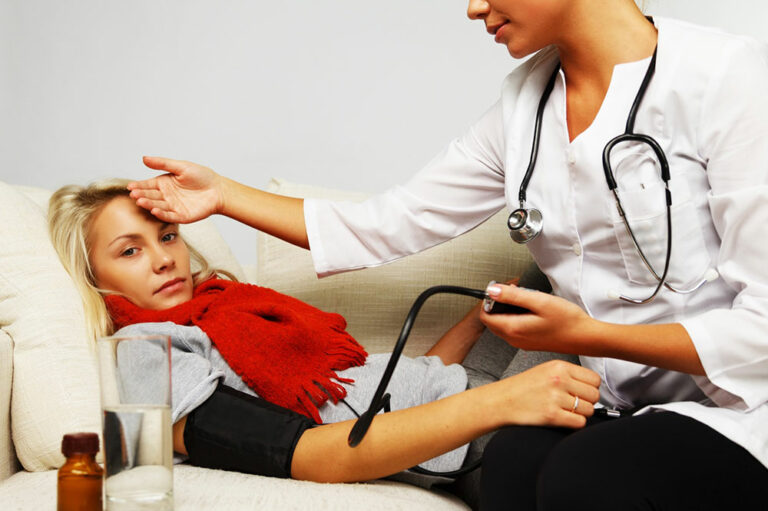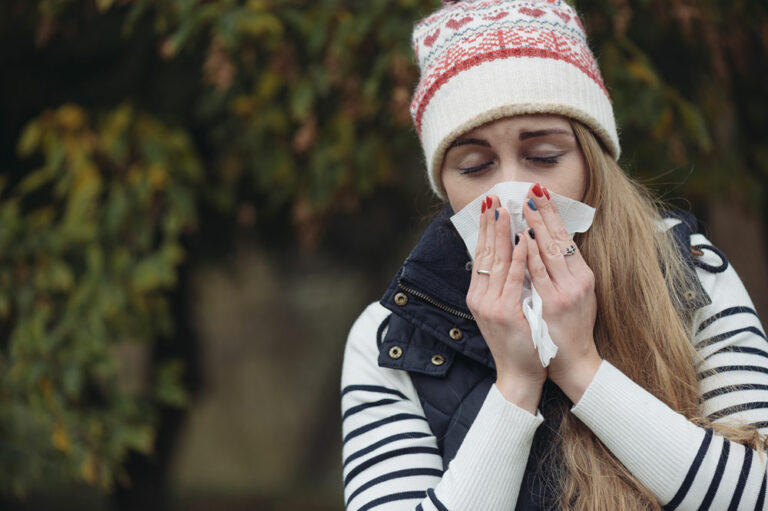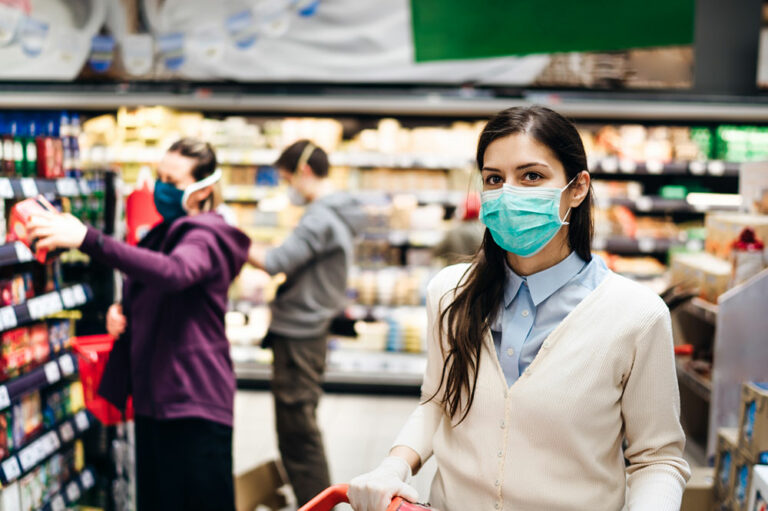
Health
10 essential tips to avoid daytime sleepiness
Daytime sleepiness can profoundly impact daily activities and overall quality of life. It can arise as a complication of various sleep disorders. And can prevent individuals from leading a regular and productive life. It is important to look for some practical tips to help individuals overcome daytime drowsiness and regain their energy and focus. However, before adopting any practices, it is imperative to consult a doctor to get the right diagnosis and determine the steps and strategies needed to deal with it. Prioritize consistent sleep patterns Establishing a regular sleep-wake schedule is paramount in regulating the body’s internal clock, known as the circadian rhythm. This rhythm dictates when we feel naturally awake and drowsy. By going to bed and waking up at the same time each day, individuals can reduce daytime sleepiness. This practice should extend to weekends to maintain consistency. One should set a fixed bedtime and wake-up time, ensuring they allocate sufficient hours for quality sleep. Creating and maintaining a relaxing bedtime routine, such as reading a book or practicing gentle stretches, can signal the body that it’s time to wind down. Create a sleep-inducing environment The sleep environment plays a substantial role in the quality of rest obtained.
Read More 





